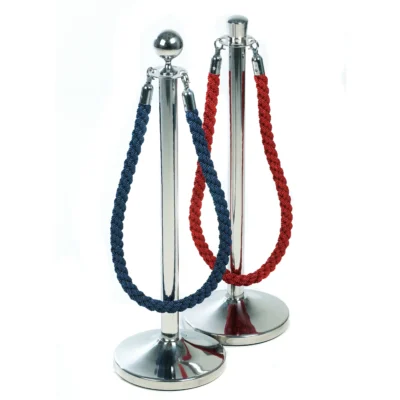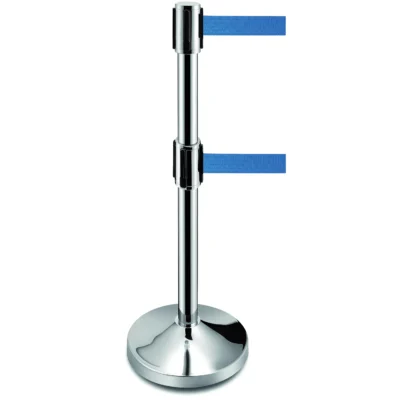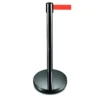Belt and rope barriers are versatile crowd control and safety tools used to manage pedestrian traffic and demarcate hazardous areas in various industries. These barriers typically consist of retractable belts or ropes attached to posts or stanchions, allowing for easy setup and customization of boundaries. In retail environments, belt barriers are commonly used to guide customers through checkout lines or queue areas, facilitating orderly and efficient service. Similarly, in airports, train stations, and event venues, rope barriers help organize crowds, direct foot traffic, and maintain orderly queues, enhancing the flow of people and minimizing congestion.
Industries such as construction, manufacturing, and warehousing utilize belt and rope barriers to designate restricted areas, hazardous zones, or work zones where access is limited or prohibited. These barriers serve as visual cues to warn employees and visitors of potential dangers, such as heavy machinery, construction sites, or areas with moving equipment. By creating clear boundaries and preventing unauthorized access, belt and rope barriers contribute to workplace safety and help mitigate the risk of accidents and injuries. Additionally, in outdoor settings such as parks, recreational facilities, and amusement parks, these barriers are used to guide visitors, prevent entry into restricted areas, and ensure compliance with safety regulations.
























